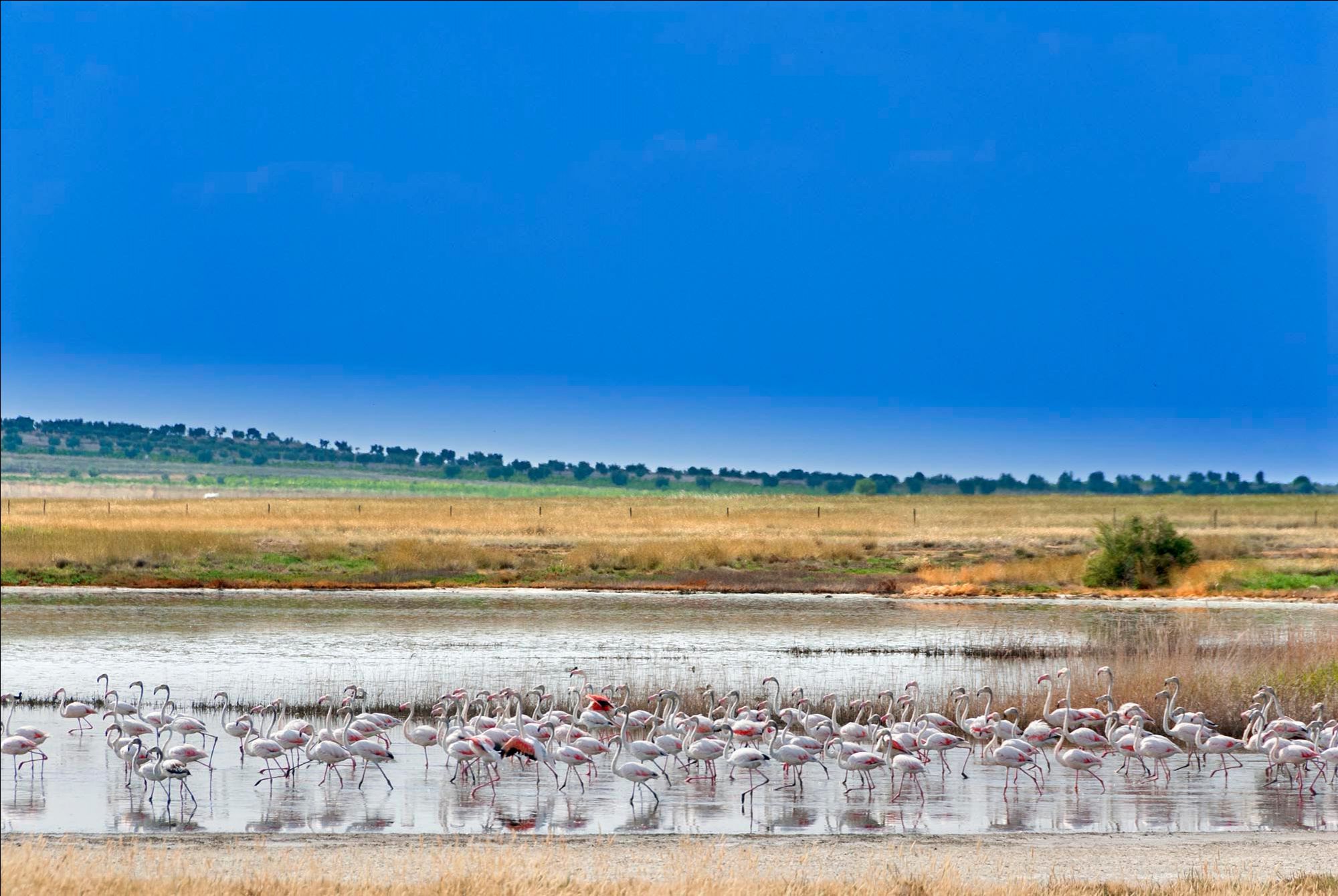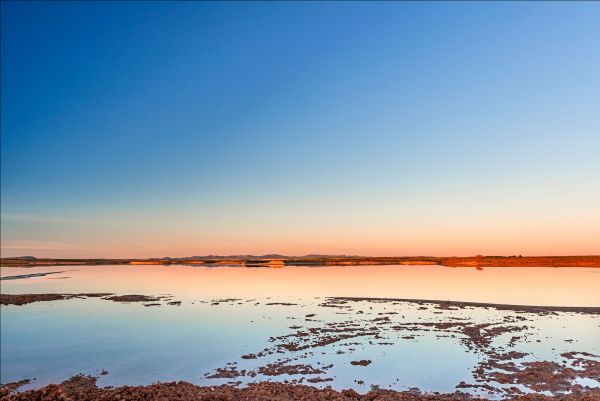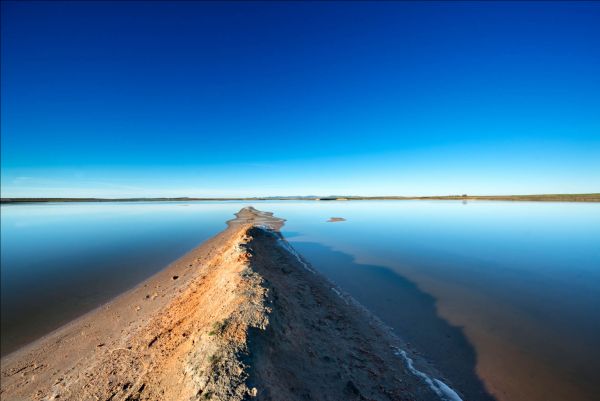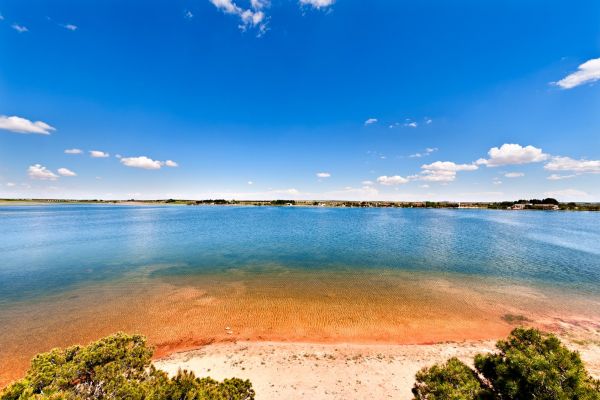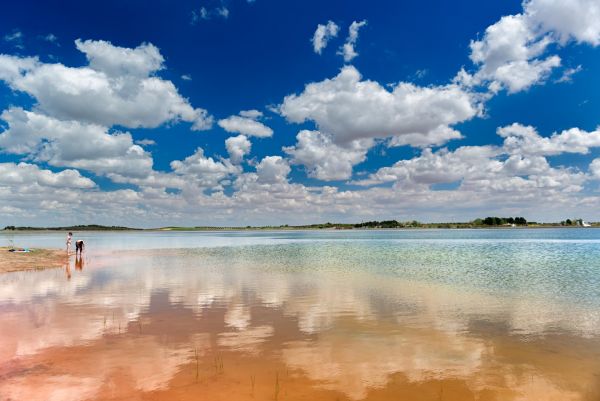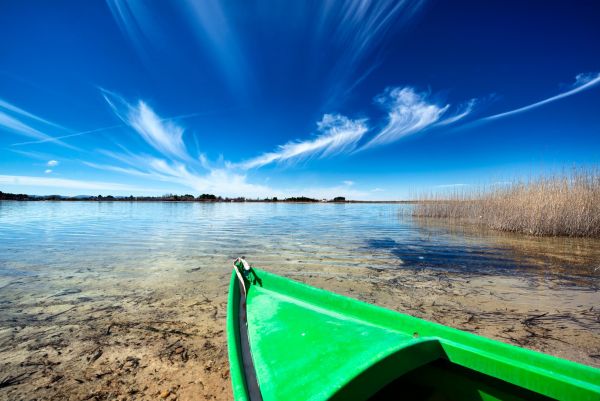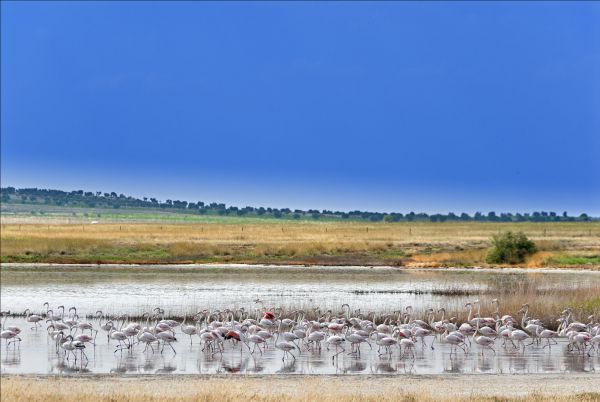A paradise for birds. The La Mancha seas (Toledo)
Toledo
In the large natural region of La Mancha, in the point where the provinces of Toledo, Cuenca, Ciudad Real and Albacete meet, we find several wetlands in the form of lagoons and pools, spread over 30 municipalities in the 4 provinces. These are our small, inland seas.
These wetlands are not very deep and have water seasonally; some years, there can be a lot of water, and in others, they dry up. The banks and large parts of the basins, when dry, become covered with plants adapted to the saline soils and give rise to a strange landscape; some represent ecosystems similar to the most primitive on earth; others are like the coast.
All these areas have in common great natural value due to their geographical position, which make them stopping places on migratory routes for a large variety of birds. The salinity of certain wetlands provides a fundamental biomass development for accommodating large numbers of wildlife.
We are certainly witnessing a unique scene; like an oasis, we see water and life where we least expect it: in the dry and infinite La Mancha plains.
The Lillo Lagoon Complex is made up of four lagoons: Longar, Laguna del Altillo Chica, Laguna del Altillo Grande and Albardiosa. At El Longar lagoon, with water all year round, the most extensive and best preserved Albardine scrub in La Mancha is found. Of particular note is the presence of steppe birds such as the little bustard, black bellied sandgrouse, lesser kestrel, stone curlew and the iconic bustard.
Access to the lagoon area is free. There is a bird watching observatory in the southern area of the Longar Lagoon.
The Villacañas Lagoon Complex is comprised of three lagoons: Laguna Larga, Laguna de Tirez and Laguna de Peñahueca. In the saline lands surrounding Laguna Larga, there is the largest extension of saline lands in the peninsula interior and it is also probably the last refuge of the Spanish silver rattle cricket.
Access to the lagoon area is free. There is a perimeter path and bird observatory.
Between the towns Quero, Villacañas and Villafranca de los Caballeros, there is the Lagunas y Albardinales del Gigüela Nature Reserve, one of the best examples of floodplains associated with the river flow. There are no specific opening hours for this area, which can be visited via public paths in the area.
We now reach the beach of La Mancha: the Lagunas de Villafranca de los Caballeros Nature Reserve. Laguna Grande has aquatic and recreational uses, is prepared as a beach and has infrastructures for leisure. The lagoon features the “Las Lagunas” Nature Classroom, which offers an extensive environmental education programme in close contact with nature. There are two bird observatories near the Chica lagoon.
http://www.villafrancadeloscaballeros.es/turismo-y-medio-ambiente
Teléfono: 926 581 833 / 926 558 640 / 638 769 507
Email: medioambiente@aytovillafranca.es
May also be of interest to you
Castilla-La Mancha Tourism in 2023. All rights reserved.

 365
365
